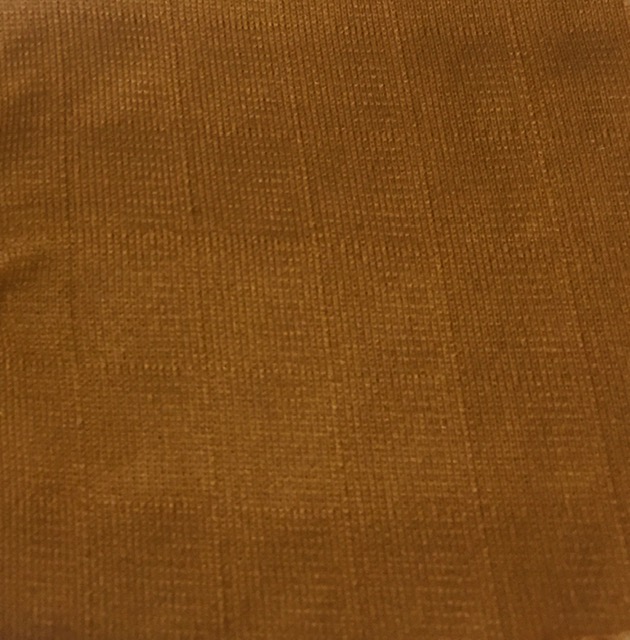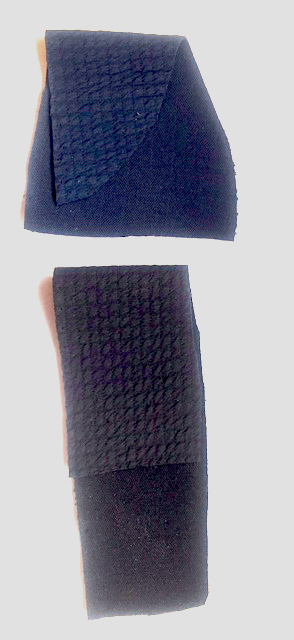How Polartec NeoShell Changed Waterproof Technology:
https://outdoorsmagic.com/article/polartec-neoshell-explained/
How Polartec NeoShell Changed Waterproof Technology:
https://outdoorsmagic.com/article/polartec-neoshell-explained/
Compare with this Power Air hoodie.
Foxwear simpler design for just $66
https://houdinisportswear.com/en-eu/clothing/sweaters-hoodies/mens-mono-air-houdi-220714
short video about Power Air ™ https://www.polartecpowerair.com/video
https://www.polartec.com/fabrics/insulation/power-air

Power Air in gold


cadet blue and teal/navy
Pants size Medium weigh 11 1/2 ounces in lightweight Power Air
Pants size Medium weigh 14 ounces in regular weight Power Air
and here you see lightweight Power Air in navy and black

Newest Polartec fabric details
For tights and hoodies — Power Stretch/Merino Wool now available in yellow … be visible when worn as the outer layer and great warmth when used as the first layer. 6.8 oz / sq yd 47% wool; 42% nylon; 11% spandex
A warm style of Power Stretch Pro for tights, hoodies, hats or socks. DWR makes it very water and snow resistant. Black and gray 7 oz / sq yd https://www.polartec.com/fabrics/base/power-stretch-pro
NeoShell — 5.4 oz /sq yd spruce green warm version this style has brushed tricot fleece on the inner side of the fabric.
Power Air — Polartec® Power Air™ is a new revolutionary knit construction fabric that encapsulates air to retain warmth and reduce microfiber shedding. It is a performance fabric with advanced thermal efficiency that sheds up to 5x less than other premium mid-layer fabrics. Black, dark navy blue, off-white, burgundy and gray/cornflower. Also in a thinner Power Air black.
Power Stretch Pro in rich new colors:


Polartec now produces summertime fabrics seen here
DELTA shirt that’s great for warm weather
Green
Dark Blue
Dark Gray
short-sleeved shirt in olive green


This long-sleeve shirt works great for Pickleball.
12 years ago Patricia Ama and I shared Royal African Culture with Foxwear. What better way to express our love of diversity? Following are pictures of this adventure.
African clothes made here now in 2022 For sale at $60 each

A brief history of Ama’s Royal African Culture work in Salmon.

Upon getting USA citizenship 12 years ago, teaching W African cooking was great fun.

Idaho teachers heard Ama was living in our community and so she was invited to give these youngsters a glimpse of the world they couldn’t even imagine.
Next came using our industrial sewing machines for African styles using African fabric.



A few customers called after discovering us on the Internet.

We introduced Ama’s creations to people visiting fairs in Salmon Idaho and Western Montana. People needing diversity were overjoyed.



Here are some creations



We’ve been interested in these fabrics for a long time.


Here at Foxwear we offer custom sizing on every item, but if you haven’t been fitted for clothing before you may not have your measurements handy. Remember, sports clothing and casual clothing are fit differently. Note this when taking measurements for pants vs tights etc. Some measurements will be easier to take with a helper. If you have any questions about measurements, please send us an email or give us a call!
Sleeve/arm length: Continue reading How-To Measure Yourself for Garment Sizing






Now there are two new styles of Power Stretch fabric: Silkweight that makes 5 1/2 ounce tights and lightweight that makes 8 ounce tights
A Variety of Colors to Choose
And there is now a slate gray outer with polyester jersey on the inner side. This is not fleece but a tad warmer than the tricot nylon inner that NeoShell has been made of for most jackets and pants.
There’s thinner/stretchy or stiffer/less-stretchy both weighing the same. Size Medium jackets and pants weigh just over 1/2 pound each.
fabric and clothes made of African fabric
We use fabrics from Ghana and the Netherlands. Here is a good article on both called African fabrics recent history
www.nytimes.com/2012/11/15/fashion/15iht-ffabric15.html
Leaving the Kumasi, Ghana market after a successful day of selling, I walked into the path of another clothing manufacturer. After some talk we realized how much we had in common. From there it was the commitment of working together.
Now we design and sew clothes in America and visit Ghana and Holland often. You’ll see what also is made in the shop at thefoxwear.net
With a background strongly immersed in my Ashanti culture, I know how each African fabric pattern represents a part of life.
I’ve learned how to use industrial sewing machines for the clothes I make.
From working in business (Volvo) and selling at the biggest market in West Africa as well as the Missoula Montana People’s Market, I’ve learned how to give customers what they want.
Here you’ll see some of the fabrics and clothes we make – https://www.instagram.com/f.lou/